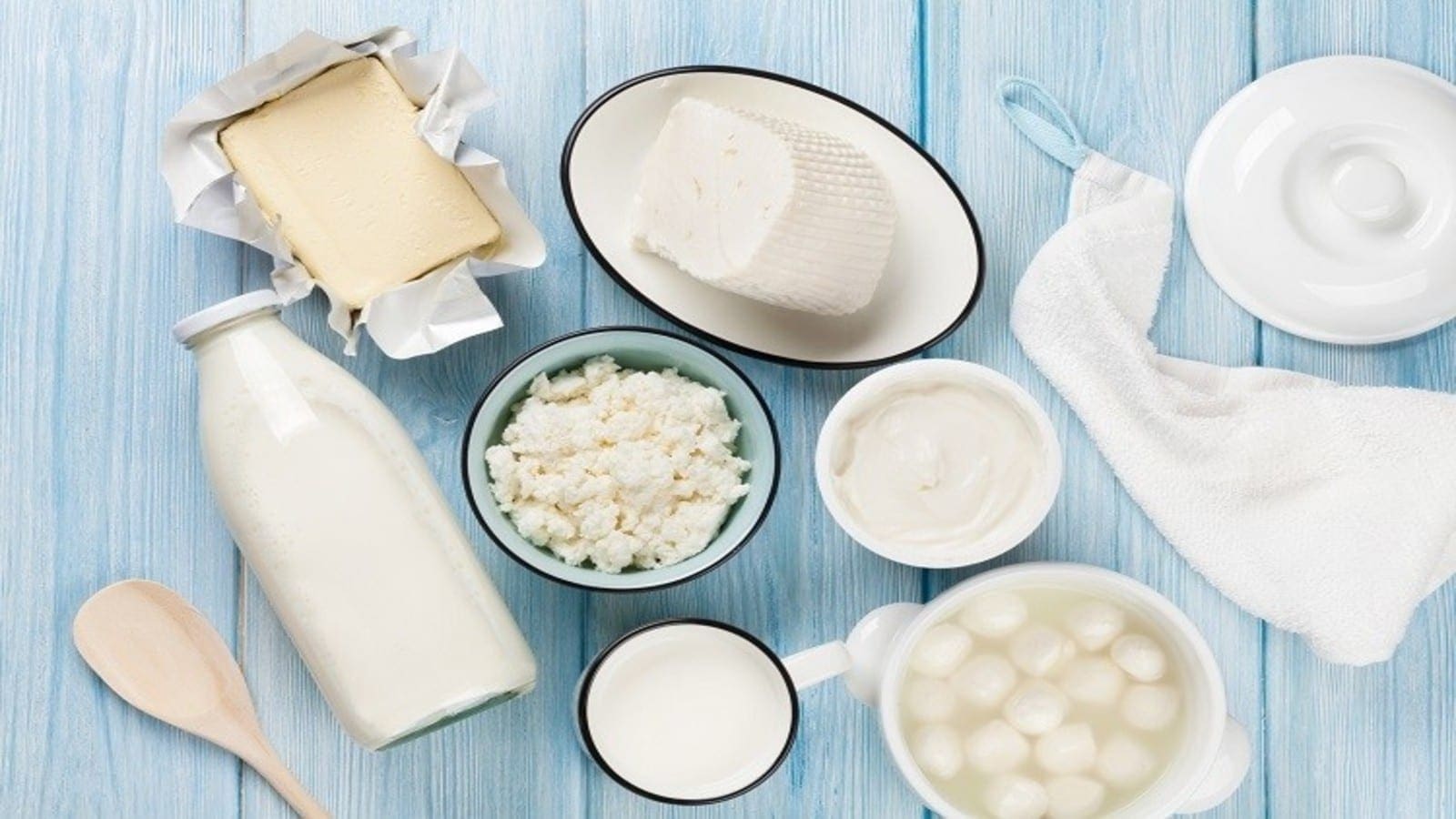GLOBAL – Consumers globally paid more for their food in November this year than they did during the same period last year, latest data from the UN’s Food and Agriculture Organization (FAO) has revealed.
According to the FAO, this is the fourth consecutive that prices are soaring to record levels driven by strong demand for dairy and wheat.
The FAO Food Price Index, which tracks monthly changes in the international prices of commonly traded food commodities, averaged 134.4 points in November, up 1.2% from October and 27.3% higher than its level one year ago.
This is the highest level since October 2011, according to the latest data from the UN’s Food and Agriculture Organization (FAO).
Strong demand pushes Cereal Prince Index upwards
The Cereal Price Index averaged 141.5 points in November, up 3.1% from October and 23.2% above its level one year ago.
Strong demand amid tight supplies, especially of higher quality wheat among major exporters, continued to lift wheat prices for a fifth consecutive month, to their highest level since May 2011.
Maize export prices also rose slightly, and international rice prices remained broadly steady, while wheat prices hit their highest level since May 2011.
The increase reflected strong demand amid tight supplies, especially of higher quality wheat, while prices were also supported by concerns about untimely rains in Australia and uncertainty regarding potential changes to export measures in the Russian Federation.
Vegetable Oil Price Index declines slightly
The Vegetable Oil Price Index averaged 184.6 points in November, down 0.2% from the record high registered in the previous month.
FAO attributed the slight decrease reflected somewhat lower values for soy and rapeseed oils, while quotations for palm oil remained virtually unchanged.
International palm oil prices maintained their firmness in November as anticipation of production slowdowns in major producing countries offset the downward pressure linked to rising concerns over the impact of a resurgence in COVID-19 cases.
As for soy and rapeseed oils, world prices retreated moderately, broadly softened by demand rationing. Meanwhile, lower crude oil values also weighed on vegetable oil prices.
Dairy Price index up on short supply
The Dairy Price Index averaged 125.5 points in November, up 3.4% from October and 19.1% above its level in the same month last year.
International prices particularly for butter and milk powders rose sharply for the third consecutive month driven by tight global export availabilities and depleted stocks.
Strong global import demand persisted amid buyers’ efforts to secure spot supplies in anticipation of tightening markets, adding further upward pressure on prices.
Sugar price index rebounds
The Sugar Price Index averaged 120.7 points in November, up 1.4% from October, reversing most of the previous month’s decline and reaching levels nearly 40% above those registered in the same month last year.
The November rebound in international sugar price quotations was mainly prompted by higher ethanol prices, which encouraged a greater use of sugarcane for ethanol production in Brazil, the world’s largest sugar exporter.
Further support to world sugar prices was provided by stronger global import demand, prompted by lower freight costs.
Lower demand pushes meat prices down
The Meat Price Index averaged 109.8 points in November, down 0.9% from October, falling for the fourth consecutive month, though still 17.6% above its value in the corresponding month a year ago.
In November, international quotations for pig meat fell for the fifth consecutive month, underpinned by reduced purchases by China, especially from the European Union.
Meanwhile, international bovine meat prices remained stable, as decreased quotations for Brazil’s meat were offset by higher Australian export values, reflecting low cattle sales for slaughter amid high herd-rebuilding demand.
Poultry meat prices were also largely stable, as global supplies seemed adequate to meet demand, despite supply-side constraints, especially shipping container shortages and avian flu in Europe and Asia.
Liked this article? Subscribe to Food Business Africa News, our regular email newsletters with the latest news insights from Africa and the World’s food and agro industry. SUBSCRIBE HERE










